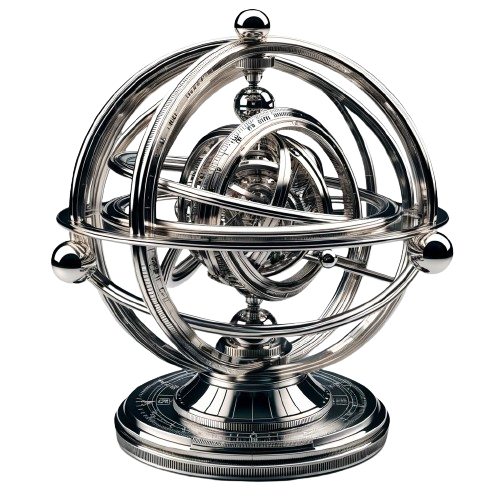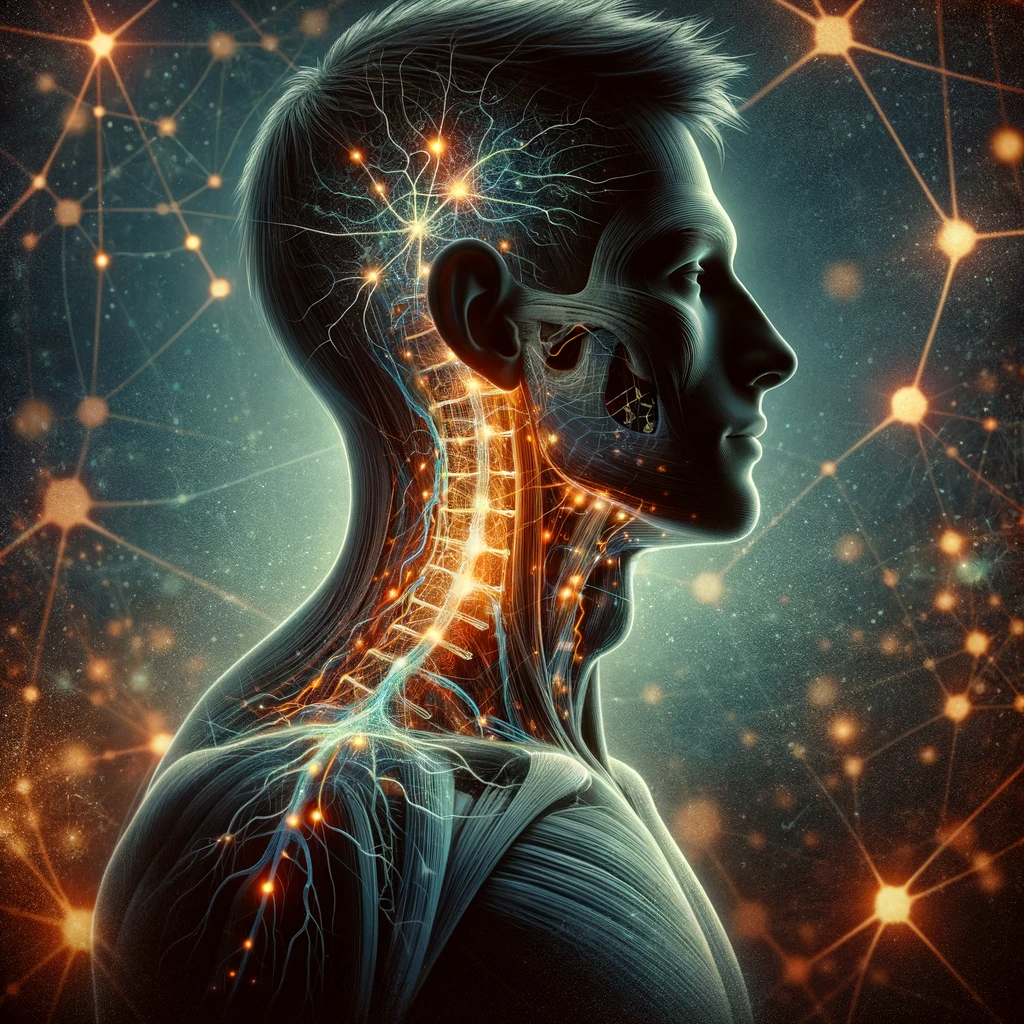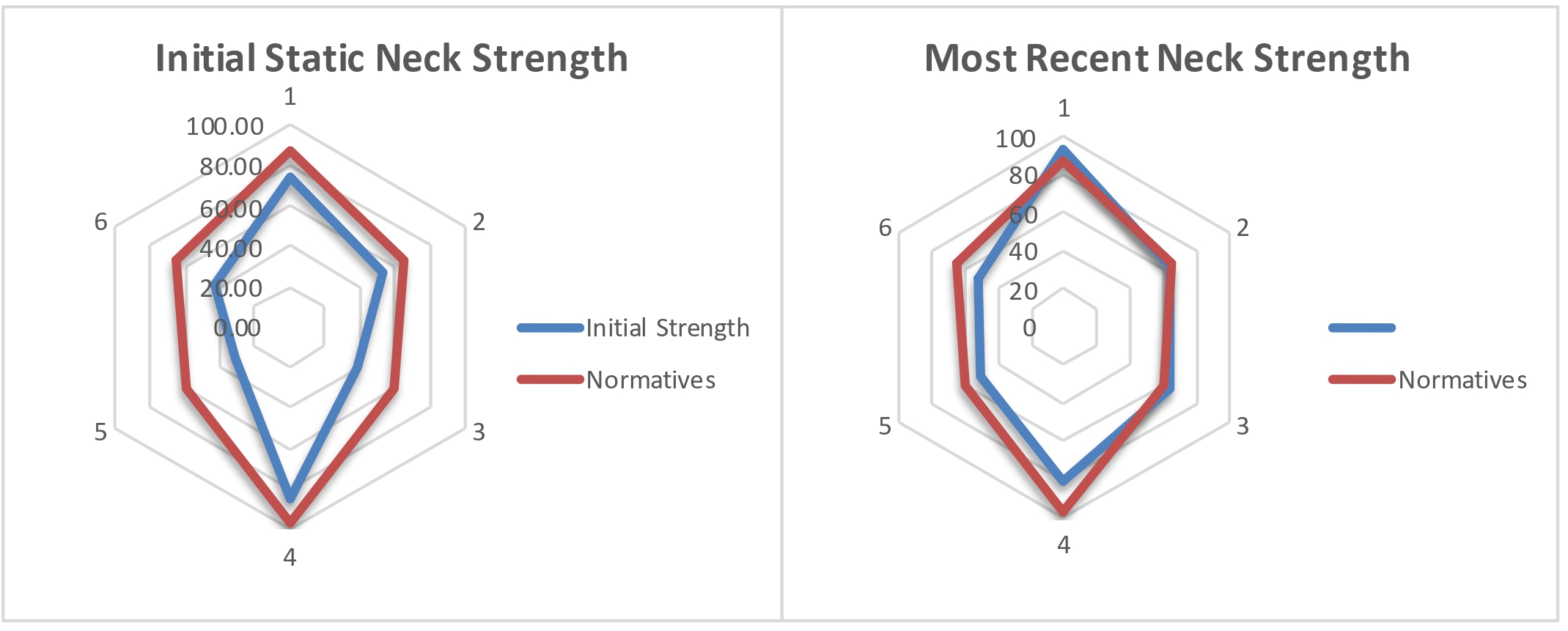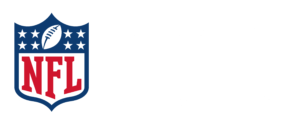Neuromuscular Control & Proprioception: The Subtle Masters of Concussion Prevention

The realm of concussion prevention is vast, often focusing on tangible elements like protective gear or training regimens. However, with this blog series, we are focusing on the role the neck plays in mitigating the risk of concussion. We have covered several aspects so far including: a full multi-planar approach, neck strength symmetry and targeting the eccentric capacity of the muscles. Today we will explore another often understated component that plays a pivotal role in safeguarding our brains: the neuromuscular control and proprioception of the neck. In this piece, we’re unravelling the mysteries behind these terms and their significance in concussion prevention.
Decoding Neuromuscular Control and Proprioception
Neuromuscular Control refers to the harmonious coordination between our nervous system and muscles. It’s what allows us to produce and control movements and force with precision and there is arguably no other part of the body where this is more vital than in the neck.
Proprioception
This is our body’s ability to sense its position in space. It is the third system of balance along with our visual and vestibular system. The neck is the most important proprioceptive component of this system and it houses the most proprioceptive fibres in the entire body. This is because it is responsible for integrating the visual and vestibular system with the body such that our relationship with the ground and gravity is EXACTLY where we perceive them to be. This integration produces an accurate representation of the world around us and greatly influences our ability to navigate in it. If the proprioception of the neck is off by even a small fraction, this translates into a significant discrepancy between where we expect the ground and objects to be and where it actually is as the motor control signal passes through the neck down to the extremities.
Impact of Injury
Injuries to the musculoskeletal system often lead to deficits in proprioception and more often than not, concussions are associated with a neck sprain or strain. Given the importance of proprioception in this region, this can have serious knock on effects if this is not properly addressed. Hence, the 3-fold increase in lower extremity injury risk after someone suffers a concussion. Commonly, neck proprioception is not specifically targeted and rehabilitated after a concussion, leaving any deficits undetected and untreated.
Fast Reflexes
It should come as no surprise that the neck is home to many of the fastest reflexes in the entire body, with speeds as quick as 7 ms! The neck is also the relay station for many of the reflexes associated with the visual and vestibular system. The neck integrates these reflexes along with the vast proprioceptive information to create a neuromuscular response that automatically keeps the visual and vestibular system level in response to disturbances to our head or body. Basically, the neck is like an incredibly sophisticated gimbaled gyroscope!
Traditional Neck Training
An obvious approach to mitigate the risk of neck injury associated with concussion is to strengthen the neck. Unfortunately, traditional approaches of taking a weight (or TheraBand) and pushing against may increase neck strength in that single plane of motion but there is evidence that this can be very detrimental to proprioception. In fact, one study by Kramer et al. showed a worsening of neck proprioception of 35% after traditional neck strengthening! This turns into a borrowing from Peter to pay Paul situation. You may increase neck strength, but by worsening your neck proprioception that stronger neck becomes less responsive and accurate to absorb the forces that lead to concussion and less able to keep your visual and vestibular system level in response to disturbances and impacts.
Conclusion
When we think of concussion prevention, it’s easy to overlook the unseen and subtle players. However, neuromuscular control and proprioception are at the forefront of ensuring our necks are primed and ready to protect us. By understanding and training these aspects, we’re adding yet another layer of defense in our fight against concussions.
Stay with us for our next installment in this series where we discuss the muscle fibre composition and what fibres are most important for protecting against concussion. Can’t wait until then? Click here to download a copy of our white paper where we take you through all of the principles in depth along with references.
Looking to integrate dynamic proprioceptive exercises into your training?
TopSpin360: A Beacon for Enhanced Neck Proprioception and Control
Navigating the world of neuromuscular control and proprioception becomes intuitive with the TopSpin360. Its design intricately meshes with the body’s natural motion, enhancing the user’s awareness of their neck position and movement. The dynamic feedback provided by the device sharpens neuromuscular coordination, leading the way for innovative approaches to heightened proprioception in concussion prevention.
Follow us
Related Post
The realm of concussion prevention is vast, often focusing on tangible elements …
In the journey of understanding the neck’s role in concussion …
When we talk about concussion prevention, much of the conversation …





